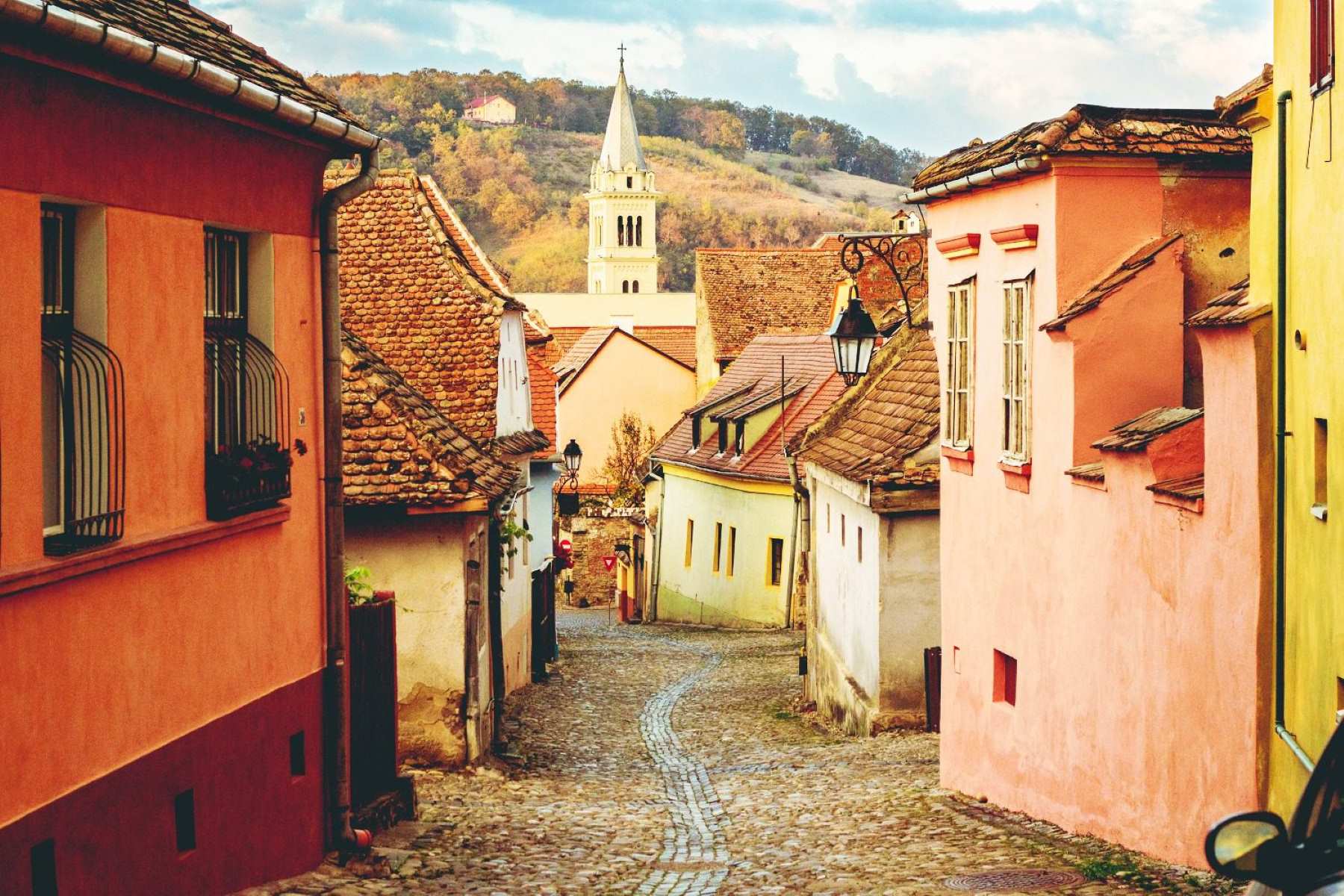10 Surprising Facts About The Romanian Language

Did you know that the Romanian language is full of surprises? Often overshadowed by its more famous Romance language cousins like Spanish, French, and Italian, Romanian has its own unique charm and history. Spoken by over 24 million people, it’s the only Romance language in Eastern Europe. This fascinating tongue has a rich tapestry of influences, from Latin roots to Slavic, Turkish, and Hungarian elements. Whether you're a language enthusiast or just curious about different cultures, learning about Romanian can be a delightful adventure. Ready to uncover some surprising facts about this intriguing language? Let's dive in!
Origins of the Romanian Language
Romanian, a Romance language, has deep roots in Latin. It evolved from Vulgar Latin, spoken by Roman soldiers and settlers in ancient Dacia.
Latin Influence: Over 60% of Romanian vocabulary comes from Latin, making it the closest living language to ancient Latin.
Dacian Roots: Some words in Romanian trace back to the Dacians, the original inhabitants of the region before Roman conquest.
Unique Linguistic Features
Romanian stands out among Romance languages due to its unique blend of influences and characteristics.
Slavic Influence: Around 20% of Romanian words have Slavic origins, a result of centuries of Slavic presence in the region.
Definite Articles: Unlike other Romance languages, Romanian uses suffixes to indicate definite articles. For example, "carte" (book) becomes "cartea" (the book).
Regional Dialects
Romanian has several dialects, each with its own distinct features and vocabulary.
Aromanian: Spoken by the Aromanians, this dialect has significant Greek and Albanian influences.
Moldovan: In Moldova, Romanian is often referred to as Moldovan, though it's essentially the same language with minor regional differences.
Romanian in the World
Romanian isn't just spoken in Romania. It has a presence in various parts of the world.
Moldova: Romanian is the official language of Moldova, spoken by the majority of the population.
Diaspora: Significant Romanian-speaking communities exist in countries like Italy, Spain, Canada, and the United States.
Cultural Significance
The Romanian language plays a crucial role in the country's cultural identity and heritage.
Literature: Romanian literature boasts famous writers like Mihai Eminescu and Mircea Eliade, whose works are celebrated globally.
Music and Folklore: Traditional Romanian music and folklore are rich with linguistic nuances, reflecting the language's historical journey.
Romanian Language: A Fascinating Journey
Romanian is more than just a way to communicate. It’s a window into the country's rich history and culture. From its Latin roots to its unique alphabet, Romanian stands out among other languages. The influence of Slavic, Turkish, Greek, and Hungarian languages adds layers of complexity and beauty. With over 24 million speakers, it’s a living, evolving language that continues to thrive. Whether you’re planning to visit Romania or just love learning new languages, understanding these surprising facts can deepen your appreciation. Romanian is not just a language; it’s a testament to the resilience and diversity of its people. So next time you hear Romanian being spoken, remember the fascinating journey it has taken to become what it is today. Dive into its nuances, and you might find yourself captivated by its charm.

